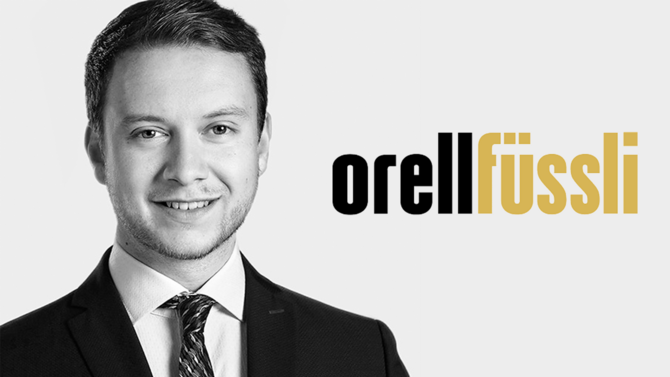Find out today what the legal world will be talking about tomorrow.
20.11.2018
New Guidelines by the Media Authorities – is advertising labelling for influencers finally easy?
![[Translate to English:] [Translate to English:]](/fileadmin/_processed_/3/c/csm_Medienanstalten_Logo_54e2ae58f4.jpg)
The new Guidelines are structured in form of a “labelling matrix” divided by type of content and media (videos on YouTube/Facebook, text/images on Instagram/Facebook/Twitter, and blogs). The Guidelines are intended to assist influencers and advertising companies in correctly separating and labelling advertising content. Here are the key ideas:
Posts that mention or present products, brands, services, etc. as a result of a cooperation must always be identified as advertising, irrespective of whether consideration was received.
If there is no cooperation with a company, this should generally not be considered advertising. The Guidelines explicitly refer to the most recent court cases, however, in which linking to fashion companies’ commercial Instagram accounts in an Instagram post was deemed to be advertising, even though the products presented were purchased by the individuals and no consideration was received.
According to the Media Authorities, the “branded content tools” provided by Instagram, Facebook, and YouTube alone are not sufficient to identify a post’s advertising character. Additional use of these tools is highly recommended, however.
As in the previous version of the Guidelines, the Media Authorities continue to advise German-language accounts against the use of English-language terms such as “sponsored by,” “ad,” or “PR sample.”
In the Media Authorities’ view, links to commercial websites and discount codes are always to be labelled as advertising. Affiliate links should also be identified, for example with an asterisk, and additionally with an explanation.
The new Guidelines should be viewed against the backdrop of recent court decisions, in particular the May 24, 2018 judgement of Berlin Regional Court (Case 52 O 101/18). In response to this ruling, many influencers have since identified each post as advertising. The Media Authorities’ concise recommendations for action are therefore highly welcome, so that the separation between advertising and other content on social media is not entirely lost. It should be noted, however, that the Guidelines are only recommendations by which the courts are not bound.
Authors


![[Translate to English:] [Translate to English:]](https://www.skwschwarz.de/fileadmin/_processed_/c/0/csm_Header_ELLG_4d88ba8ff7.png)
